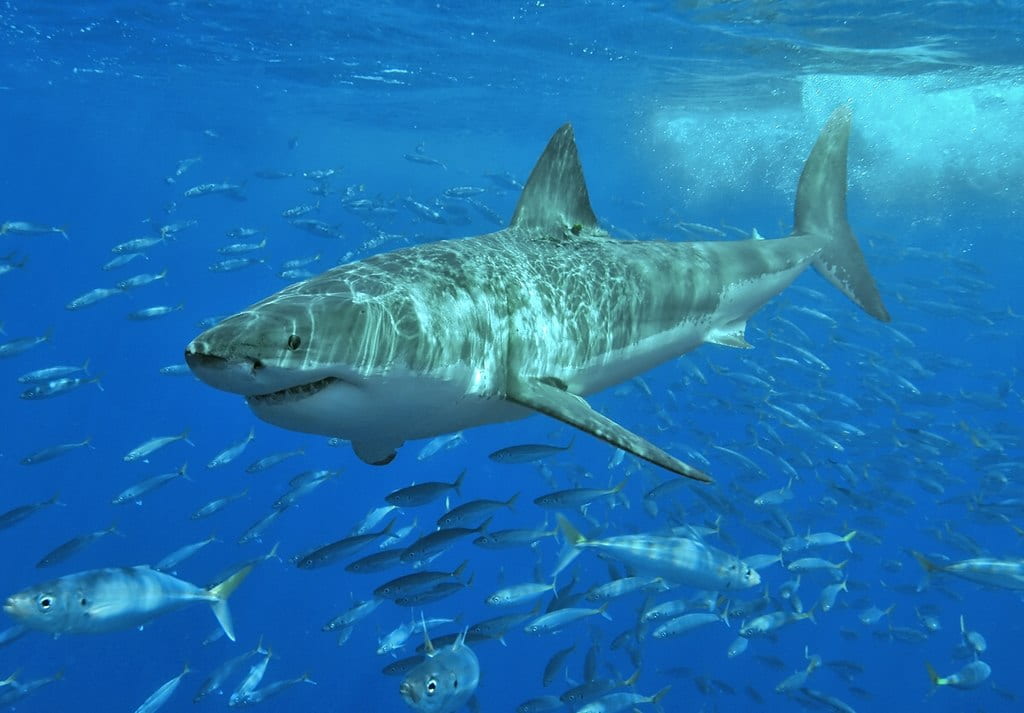
February 28, 2019 6.40am EST
Gavin Naylor
The headlines are eye-catching: Scientists have sequenced the genome of white sharks. Or the bamboo lemur, or the golden eagle. But why spend so much time and money figuring out the DNA makeup of different species?
I am an evolutionary biologist at the Florida Program for Shark Research. Our research focuses on understanding how modern sharks and rays diversified over the course of their evolution to colonize the habitats they occupy today.
Rough screening of whole genomes is useful to help identify genetic markers (sequences of genes) to better understand population-level processes. But the real and enduring value of whole genome sequencing is only realized when a lot of accurate, high-resolution genomes are amassed that can be compared with one another. This type of work is just getting started.
Blueprints without instructions
An organism’s genome – the complete catalog of its DNA – holds the blueprint for its design. Differences in the DNA sequences that make up genomes are responsible for the differences we see among individuals.
Identical twins are physically similar to one another because their genomes are identical. Siblings resemble each other because they inherit large stretches of their genomes from the same set of parents. And closely related species look more similar to each other than do those that are more distantly related, because their underlying genomes are more similar.
It follows that if we had a complete genome sequence for an organism, we would have all the information we’d need to understand how it works “from the ground up.” Indeed, this was the justification for the initial Human Genome Project
[ Read more ]